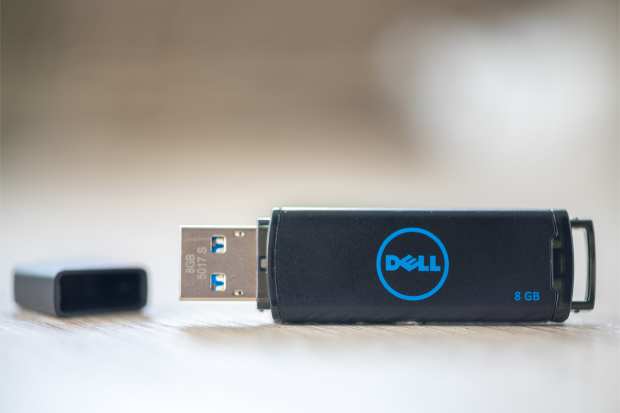Dell Adds New Energy To On-Demand Subscription Commerce

Subscription keeps moving into new areas as more consumers — and businesses — come to rely on that retail method, and the recurring payments involved. The latest example of that comes from veteran computer company Dell.
According to report Tuesday (Nov. 12) from Bloomberg, the company will “offer business clients more flexible, on-demand buying options for products like servers and personal computers, seeking to counter the lure of cloud services from Amazon.com Inc. and Microsoft Corp. Customers will now be able to use Dell’s hardware based on their consumption, as a service, or through a subscription.”
The move reflects changing consumer and B2B expectations, according to a Dell statement. “The multi-cloud world is here and will only grow, which means customers need on-demand and consistent infrastructure that yield predictable outcomes across all of their clouds, data centers and edge locations,” said Dell Technologies Vice Chairman Jeff Clarke. “Dell Technologies On Demand makes it possible for organizations to plan, deploy and manage their entire IT footprint. They can choose how they consume and pay for IT solutions that meet their needs with the freedom and flexibility to evolve as their needs change over time.”
Dell isn’t the only big computer company active in the subscription space. Hewlett-Packard, for instance, has taken a cue from Microsoft and will start offering computer services, network equipment, storage hardware and software on a subscription basis next year. As all that happens, B2B subscription commerce is getting a boost from payments. That’s because for some businesses, recurring payments present recurring challenges.
Payment Efforts
Companies that rely on customers wielding cards or (gasp!) checks to make their monthly, weekly or daily transactions run the risk of failure — that card payments do not go through, that checks get lost in the mail. To that end, GoCardless, the U.K.-based FinTech focused on recurring payment acceptance solutions, said earlier this month that it had expanded into the U.S. market through the delivery of an automated clearing house (ACH)-based debit offering for businesses. The company said in a release that the expansion — through which merchants pull payments from bank accounts — comes through joint efforts in partnership with Community Federal Savings Bank. The company also said it opened a San Francisco office.
In a PYMNTS interview with Karen Webster, Pranav Sood, vice president of International Expansion at GoCardless, said the stage seems to be set for ACH debit adoption. Consider that the average cost for a business to process an invoice is $9 — indicating that efficiencies can be wrung out of the process. In addition, the number of ACH payments grew 6 percent year over year in the first quarter of 2019. He said GoCardless strives to “solve” the issues tied to recurring payments on a grand scale — hence the latest expansion into the U.S.
More broadly, subscription commerce keeps growing. American consumers are subscribed to an average of three different subscription services, up from 2.4 services five years ago, and 34 percent say they will sign up for more services within the next two years. But not all subscribers stay subscribed. According to the PYMNTS Subscription Commerce Conversion Index, 70.7 percent of digital media consumers who plan to cancel their subscriptions within one year after just one month of service.
This isn’t surprising considering that subscription businesses have an overall churn rate of 5.6 percent. This is mostly due to voluntary churn — that is, cancellations — with a rate of 4.2 percent compared to involuntary churn (1.4 percent) which is usually the result of payment issues.
Subscriber Problems
Even the most popular types of subscription commerce like streaming services aren’t guaranteed a steady user base. Netflix reported earlier this month that last quarter it lost 126,000 subscribers in the U.S., resulting in 60 million total domestic subscribers. This is the first time since 2011 that it lost more American customers than it gained.
That’s why many companies are trying new models. Uber recently started testing a monthly subscription pass that offers a discount on rides, free rides on JUMP bikes and scooters and free Uber Eats delivery. This is an extension of the Ride Pass that was introduced last year to compete with Lyft’s All-Access product. And as mentioned above, Facebook is now trying to get into the video streaming subscription business.
Subscription businesses may seem to exist under a single, all-encompassing bubble, but the reality is that they face distinct challenges from each other, especially regarding churn. The PYMNTS Subscription Commerce Conversion Index found that 26.7 percent of those who subscribe to digital media services, like Audible or Scribd, planned to unsubscribe within one year, while only 7.3 percent of those who subscribe to streaming services, such as Netflix or Hulu, said the same.
You can bet on more B2B subscription innovations in the new year — and more payments features to help with those efforts.
